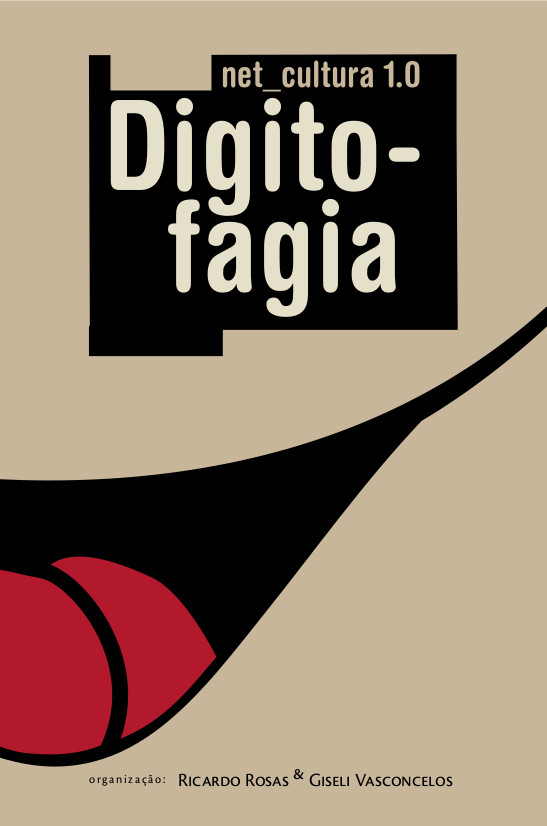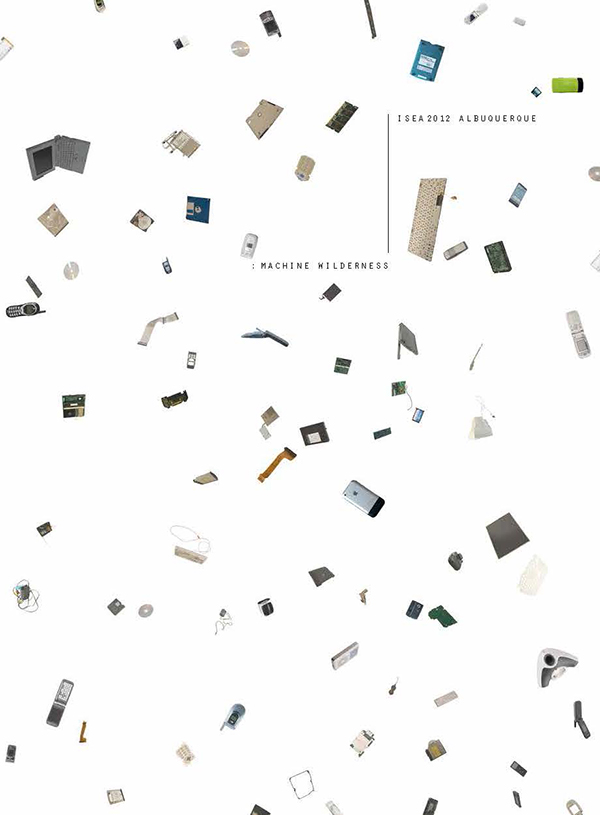Pontus Hultén (ed.): The Machine as Seen at the End of the Mechanical Age (1968)
Filed under catalogue | Tags: · art, cybernetics, electronic art, machine, media art, technology

Exhibition catalogue of one of the most important exhibitions of the 1960s dealing with art and technology. The show was held at The Museum of Modern Art, New York, 25 November 1968 – 9 February 1969. Its curator K.G. Pontus Hultén described it as a “collection of comments on technology by artists of the Western world,” particularly in the modern age when “the mechanical machine – which can most easily be defined as an imitation of our muscles – is losing its dominating position among the tools of mankind; while electronic and chemical devices – which imitate the processes of the brain and the nervous system – are becoming increasingly important.”
The exhibition traveled to Rice Museum, Rice University, Houston, 25 March – 18 May 1969; San Francisco Museum of Art, San Francisco, 23 June – 24 August 1969.
Publisher Museum of Modern Art, New York, 1968
218 pages
via MoMA
Review: William A. Camfield (Art Bulletin, 1971).
Exh.review: Time (1968).
PDF (53 MB, updated on 2016-9-23: pagination corrected, bookmarks and metadata added, file optimized, page 59 still missing)
Comment (0)Ricardo Rosas, Giseli Vasconcelos (eds.): net_cultura 1.0: Digitofagia (2006) [BR-PT]
Filed under book | Tags: · activism, anthropophagy, art, brazil, cyberfeminism, digital culture, hacktivism, media activism, politics, tactical media, technology, web

A collection of essays contextualizing actions and initiatives in Brazil’s net culture and hacktivism, edited by the late Ricardo Rosas and Giseli Vasconcelos and coming out of their experience creating Festival Digitofagia in 2004.
“Digitofagia é resultado de um processo coletivo de pensamento gerado durante a concepção, planejamento e realização de um festival de mídia tática, no Rio de Janeiro e em São Paulo, no ano de 2004, que discutiu, entre outras coisas, a necessidade urgente de “abrasileirar” práticas de mídia-ativismo que até então eram teorizadas, praticadas e planejadas sob a influência de teorias e práticas aparentemente alheias ao contexto brasileiro.
A concepção de Digitofagia foi pensar uma pratica antropofágica que se reatualiza no contexto da cultura digital, reabastecendo seu viés libertário. Para tanto, abraçar práticas espontâneas na cultura contemporânea brasileira, como a pirataria, os camelôs e a gambiarra, seria, quem sabe, formas de trazer a mídia tática para um campo mais familiar e mais cotidiano aos praticantes, teóricos e activistas brasileiros. Afinal, a própria cultura brasileira é um codigo (em) aberto.”
“Composto por 35 textos de escritores, ativistas, pesquisadores, acadêmicos e artistas preocupados com os caminhos do ativismo político-artístico nos tempos da globalização digital, Digitofagia é fruto da inesgotável energia e alegria de Ricardo Rosas (1969-2007), que primeiro pensou e organizou, ao lado de Giseli Vasconcelos, os textos selecionados para este volume.”
Publisher Radical Livros, São Paulo, with Sarai/CSDS, Delhi, and Waag Society, Amsterdam, 2006
Creative Commons BY-SA-NC 2.5 Brazil
ISBN 8598600048, 9788598600048
347 pages
Commentary: Paul Keller (2009), Geert Lovink (2009).
Comment (0)ISEA2012 Albuquerque: Machine Wilderness (2012)
Filed under book, catalogue | Tags: · art, art and science, ecology, electronic art, environment, media art, technology

Published to coincide with the Eighteenth International Symposium on Electronic Art, ISEA 2012, subtitled “Re-envisioning Art, Technology and Nature”. The catalog features images and stills of the works from the exhibition as well as essays by the curators and developers of the symposium.
Publisher Radius Books, with 516 Arts, Albuquerque Museum of Art, University of New Mexico, and Fund at the Albuquerque Community Foundation, Santa Fe, NM, 2012
ISBN 9781934435571, 1934435570
171 pages
via ISEA Archives
Symposium website, (2)
Publisher
WorldCat
PDF, PDF, PDF (5 MB)
See also Conference proceedings (5 MB, PDF).

